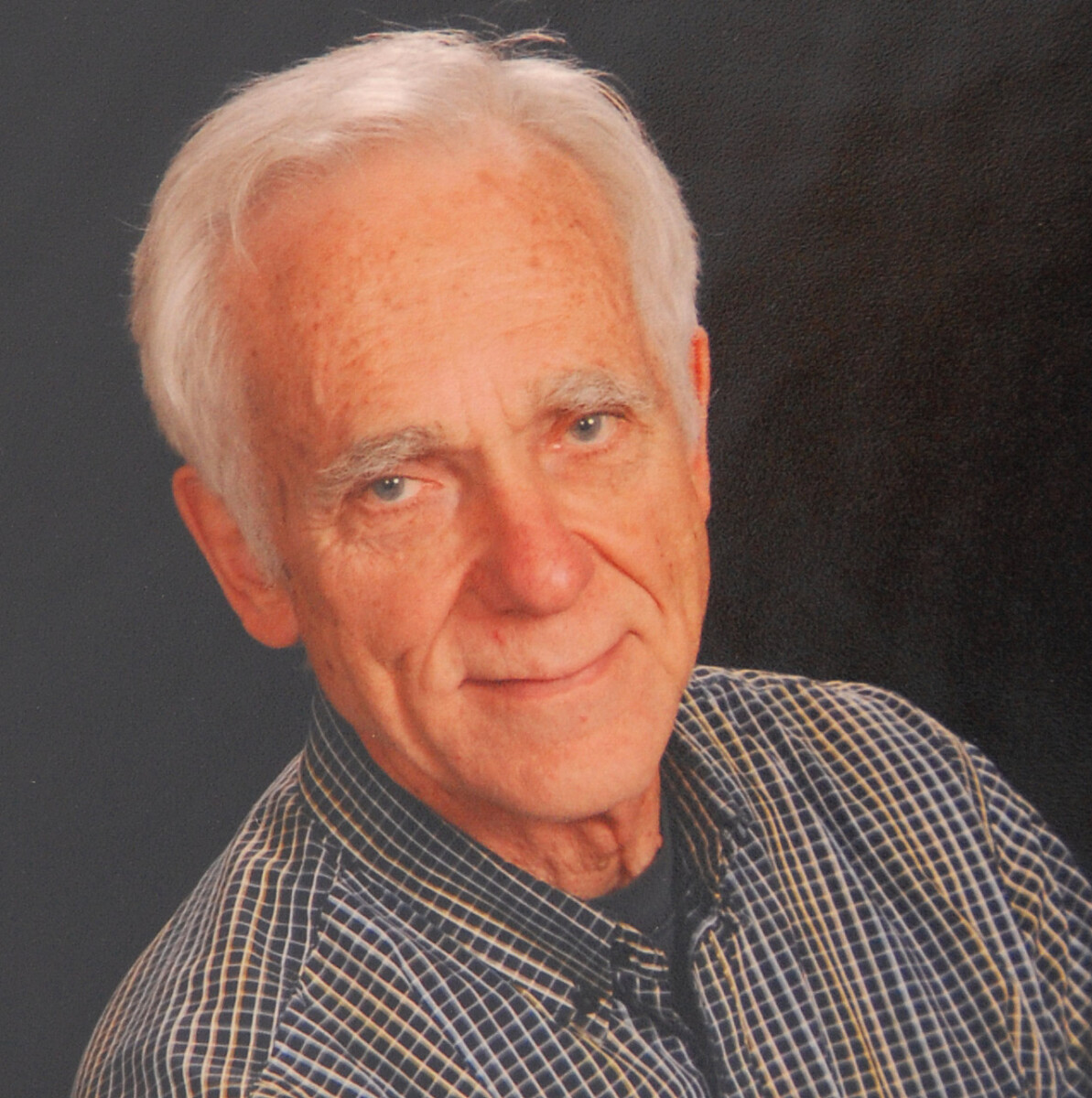Did I ever say…’why have you not built me a house of cedar’? 1 Samuel 7:7
We climb an expanse of broad stone steps and enter the church through a massive doorway. We are met by an eager young man with a brass name tag on his blue uniform. He recites the obvious: worship services are out and exhibitions are in. Ropes on posts guide us to a desk in the apse where we pay 13 euros each for admission. It’s the only way, these days, to visit this landmark of Christianity. Pay money to go to church. We join the tourists who’ve come to admire a photography exhibit.
The Nieuwe Kerk is not new and no longer a church. It has been witness to centuries of goings-on on Amsterdam’s famous Dam Square and host to millions of Christ’s followers. It has withstood the ravages of fires and survived the ire of indignant iconoclasts. But it could not ward off the gathering winds of late-20th century secularism. Sermons and homilies, songs and chants, candles and incense had been the staples of the cavernous Gothic building for time immemorial. For centuries the pious had kept Sabbath, standing shoulder to shoulder under its vaulted ceilings, amidst its massive columns.
Today the historic building is a grand exhibition venue. Tithes go not to doing good works but to buying screens and projectors. Instead of dominees giving homilies from ancient pulpits, dignitaries make speeches before television cameras. Once Bach and Buxtehude brought tears to humble penitents; now their recitals elicit applause from elite audiences. From soli Deo gloria to keyboard virtuosity. To pay the bills, a café sells mocha lattes and a museum shop offers postcards and cute replicas of the grand old church.
I study the photos on the screens, read the narratives. They portray human suffering from today’s global conflicts. I don’t know what it is that distracts me and wonder if others feel it too. Perhaps it’s the faint rustlings from the vaulted space, echoes of sacred word and suppliant song, the intangible sense of ancient history of bygone years.
Whatever it is, I leave the troubled world of the photographers’ cameras and wander into one of mystery and nostalgia. I walk on a floor of gray grave-slabs polished smooth by centuries of unshod feet, clogs, sandals, and shoes. The long shuffle has all but rubbed away the dates and names engraved on them in quaint Dutch – markers of death and sorrow. I stroke the dark, burnished wood of a pulpit with sounding board and sit on a bench with a back as upright as the choristers who once sang from it. If walls could sing, Gregorian chants and Praetorian psalms would fill the musty air. But their sounds won’t be heard till the dead beneath my feet rise up on the last day.
Am I alone in the line of tourists to have wandered off into the dark recesses of the ancient building? Does no one else see the irony in this place, appreciate the history of the church-turned-exhibition hall? Does anyone wonder how it was that six long centuries of piety could change overnight into secular humanism at best?
Am I mourning the passing of worship and dedication that once loomed large in the lives of common folk? Or am I grieving over the mock-piety and self-aggrandizement which drove royalty and papacy to outdo each other in monument-building? I see this grand church as a symbol of both pious dedication and ego-building foolishness.
Through stained-glass windows ambient light outlines the shadowed ceiling, far beyond which, we’re told, sits God on his heavenly throne. But his Son moved into our neighborhood, and now, by his Holy Spirit, even makes his home in believer’s hearts. So perhaps there is no longer a real need for basilicas and cathedrals and a grand church on Dam Square. Still God, I trust, is eager to drop in for a visit wherever folks gather for worship.
Perhaps it is to the good, after all, that the Nieuwe Kerk has become a home for music and the arts, a grand promoter of justice and tolerance. Christ’s followers may still encounter him there, as well as welcome him in more modest houses, obeying his command to illumine the darkening corners of this world with unadorned candles of love.
Editor’s Note: A version of this article appeared online in The Banner on September 24, 2021.


